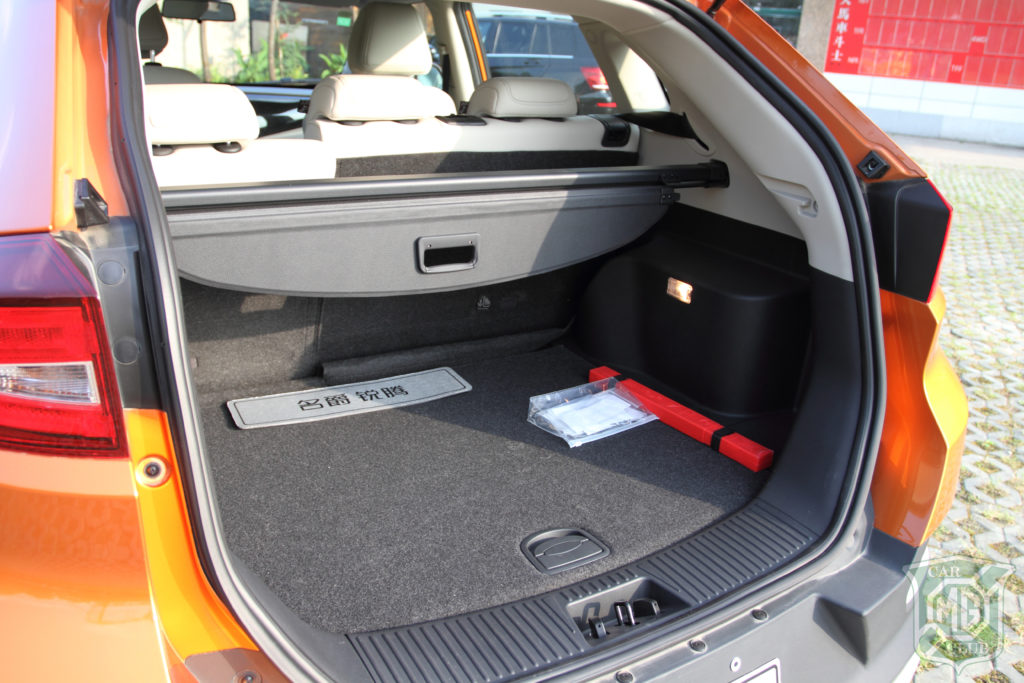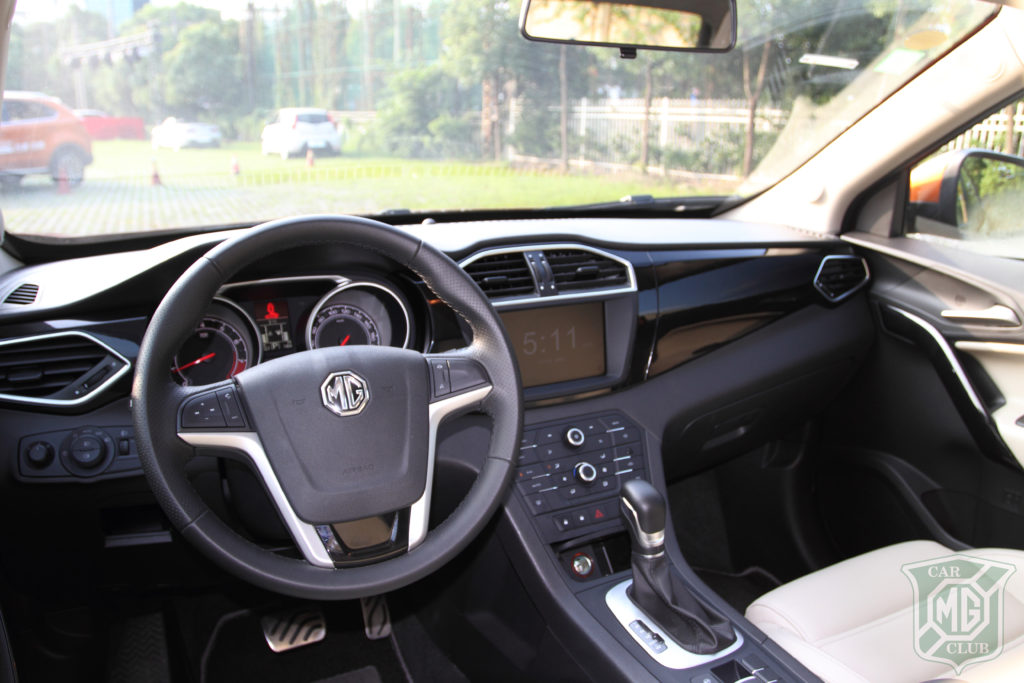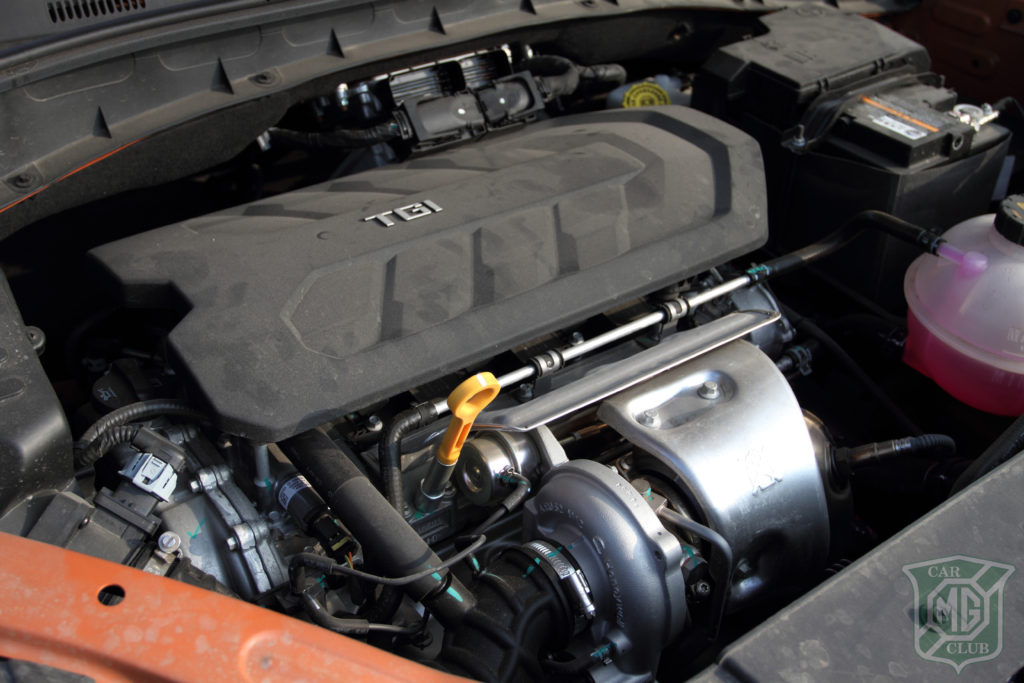MG GS: First Drive
By Adam Sloman
The MG GS has arguably caused the biggest discussion in the MG community since the marque passed into Chinese ownership almost ten years ago. While MG have produced all manner of motor cars, this is the first time the marque has entered into the Sports Utility market.
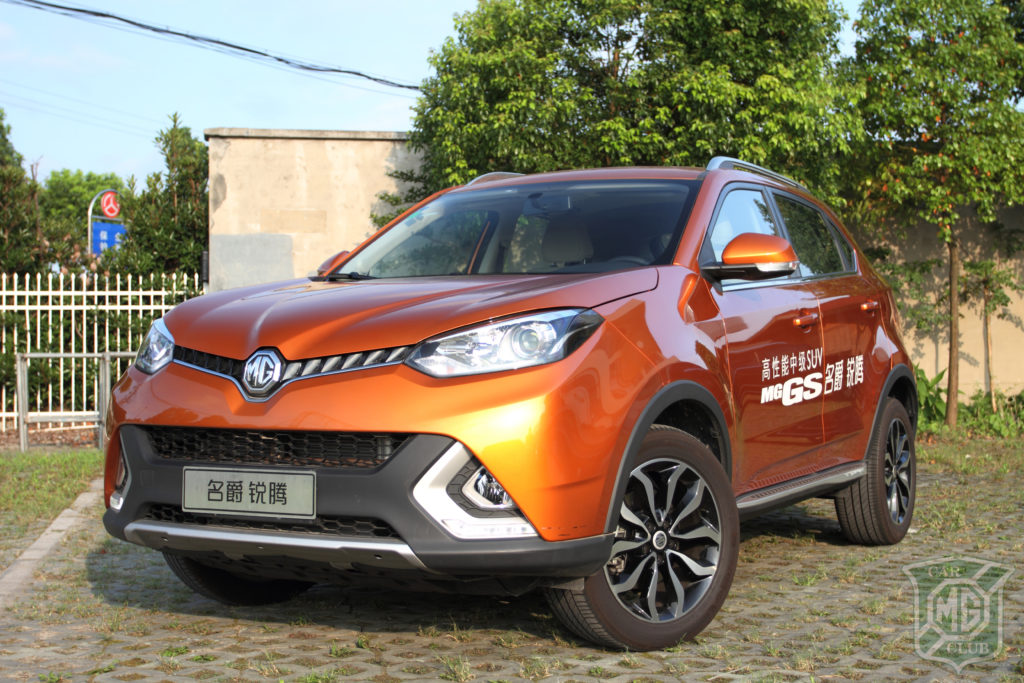
Many enthusiasts have been aghast, quick to say that MG have no place in the market, while others have pointed to the likes of Porsche and the success of the Cayenne as proof that even a dedicated, premium sportscar manufacturer such as Porsche can enjoy success with an SUV. Porsche aren’t alone, either – Jaguar are soon to launch the F-Pace, despite being part of the same firm as market leaders Land Rover.
If it’s good enough for Porsche and Jaguar, then why not MG?
If MG are to succeed globally they need volume sales and an SUV, such as the GS, should lead to increased sales and increased profit; and with increased profit comes a greater chance of a much-demanded follow up to the TF.
The GS is on course for a UK launch in 2016, while the car enjoyed a Chinese market launch earlier this year – with anticipation building ahead of the car’s European debut, I had the opportunity to sample a Chinese-spec GS alongside MG Trophy driver Chris Bray in Shanghai.
Chris’ everyday car is a Range Rover Evoque so the GS should make an interesting comparison to the Solihull-built boutique SUV.
Initial reactions are impressive – the panel fit is excellent as is the paint finish, with the GS being finished in what has become a trademark colour for the new breed of MGs, metallic orange.
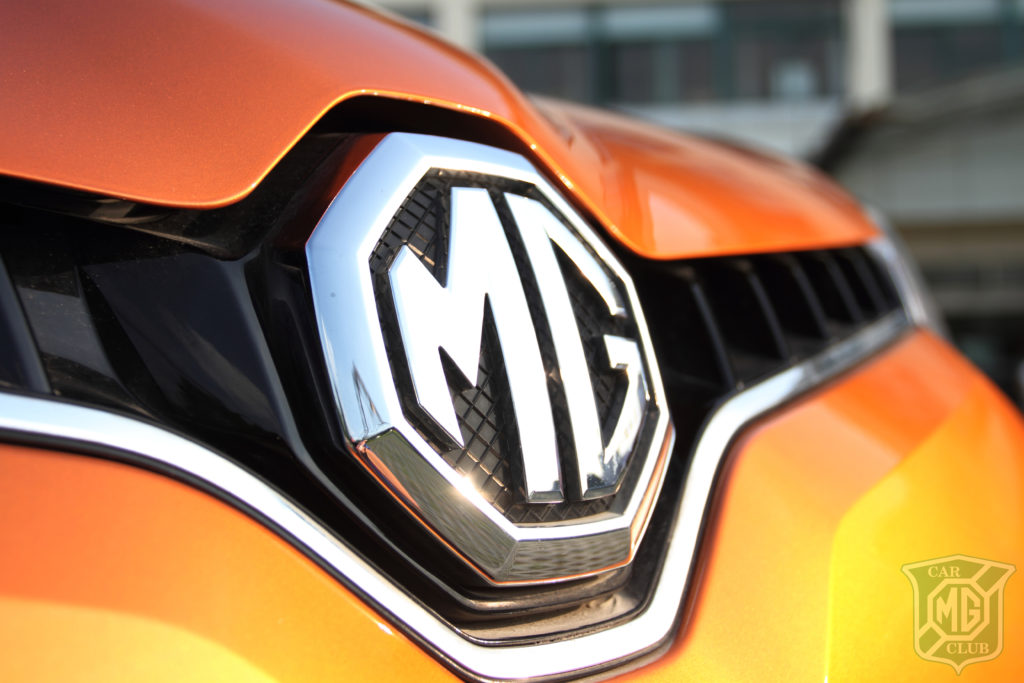
The car is neatly styled with a large MG octagon dominating the front end, the panel lines of the bonnet drawing the eye down to the grille and the famous logo. The GS looks squat and muscular, while maintaining a strong family look with the 3, 5, 6 and GT. It’s well proportioned, similar in size to the Nissan Qashqai and Kia’s Sportage.
Inside, the GS continues to impress – MG have cleared responded to the feedback they’ve received from the 6 and 3, the quality is a genuine improvement on previous cars – the leather used for the seats is particularly noteworthy for its look and feel, as is the leather used to bind the steering wheel. There are plenty of neat storage features, too, with a large storage bin under the centre console, a sunglasses cubby about the rear view mirror and under-floor storage in the boot.
The car’s infotainment system is driven by MG’s Inkanet software, which made its debut in the MG5. Now on its fourth generation, it’s based on the Android operating system, the same software that powers millions of smartphones and tablets across the globe. It’s housed inside an 8-inch touchscreen that incorporates satellite navigation, internet access and other neat features, such as text message reading. There’s also Bluetooth telephone connectivity and music streaming as well as live weather updates.
The seats are electronically adjustable, with controls that will be immediately familiar to anyone with experience of the MG6. There’s plenty of space both front and rear, while the boot offers a decent amount of luggage space, with almost 500 litres of space available. The seats themselves are adjustable, allowing a little more space to be squeezed out of the boot. Unlike the MG6, the seats fold flat, meaning the GS offers considerable load-lugging ability and practicality.
One area in need of improvement ahead of the car’s arrival in Britain is the dashtop – it’s currently made from a hard, scratchy plastic – it’s one serious blight on an otherwise impressive cabin. Hopefully by the time of the car’s arrival over here it will have been replaced by a similar soft-touch material to that used in the MG6.
It’s easy to get comfortable and in the sweltering heat of a Shanghai summer, the air conditioning did a superb job of keeping the cabin cool and comfortable.
This particular GS was powered by the 1.5 TGI engine, (Turbo Gasoline Injection) co-developed by MG with General Motors and mated to something currently unavailable in the UK – an automatic gearbox, in this case a seven-speed item. In China the car is also offered with a 2.0 version of this engine – MG Motor have yet to confirm what engines will be offered to UK customers, but it’s likely that the 1.9 DTi diesel offered in the MG6 will feature.
Starting the GS is a simple process of resting one foot on the brake while pushing in the engine start button and once ‘D’ is selected the GS is underway.
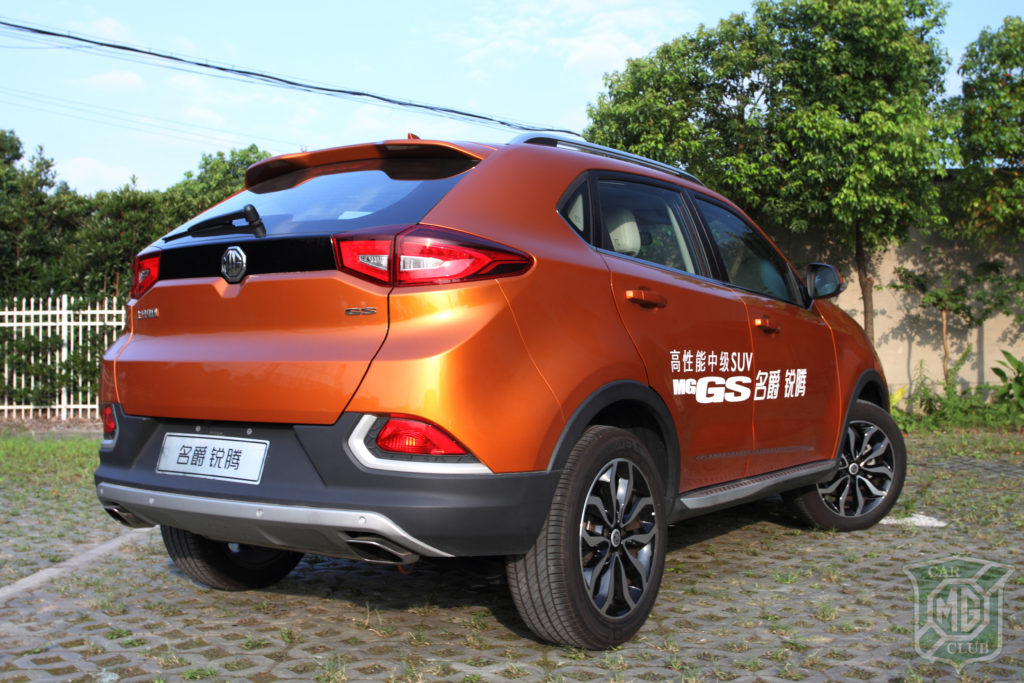
The 1.5 develops 167bhp and 184ft-lbs of torque. The power delivery is very smooth, with the automatic transmission handling the changes from one gear to another with minimum fuss – an automatic GS is sure to broaden the car’s appeal; while it’s less likely that a petrol GS will make it to Britain, on the evidence of this car the inclusion of optional automatic transmission would be worthwhile.
Being an SUV, it’s to be expected that there is some bodyroll through the corners; however, it’s well contained and it’s important to remember that this is a Chinese-market example and as such has not yet enjoyed the benefit of MG Motor UK ride and chassis set up.
Comparing the GS to his Evoque, Chris was complimentary to the car. “It’s impressive,” he says. “There’s less body roll than in my Range Rover and the level of kit is much, much better. I don’t even get satellite navigation in my car,” he added.
“I know that SAIC work closely with Volkswagen and if they’re putting VW levels of quality and technology into the GS I’ll be really interested in replacing my Evoque with one next year.”
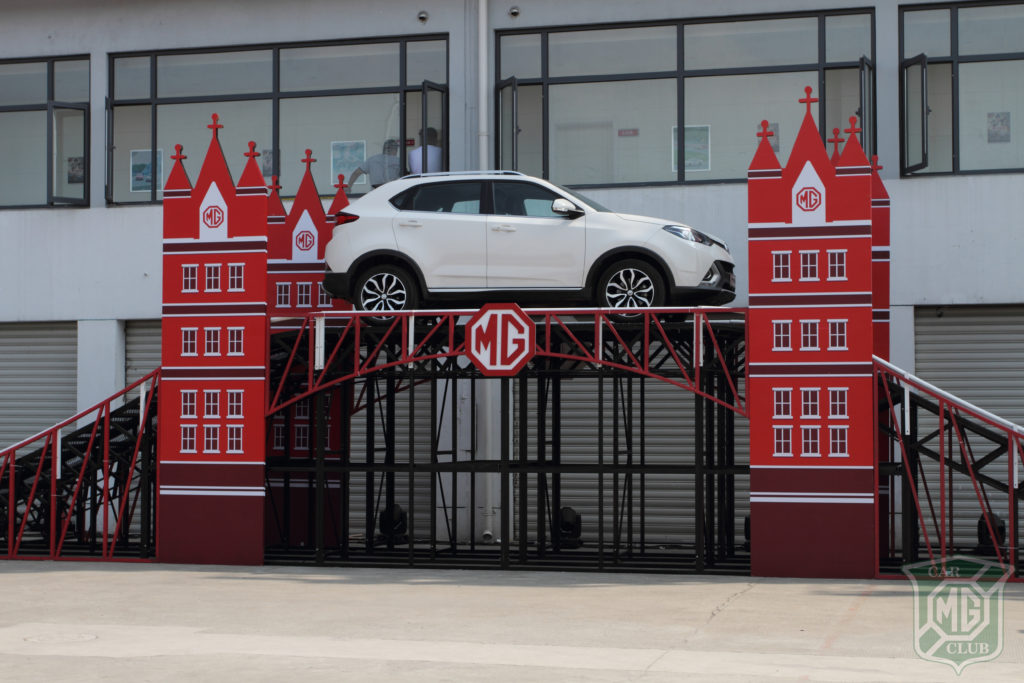
So there you have it – the GS is expected to arrive in the UK in the next 12 months and is already demonstrating considerable potential. Given the track record of the engineers at Longbridge there’s no reason to doubt that the GS won’t exceed this potential and deliver the mass-market success the MG marque deserves.
While UK pricing is yet to be confirmed, this model retails at around £15,000 in China, which represents fantastic value for money. With the MG6’s recent price reduction and the MG3 already aggressively priced, the GS is likely to offer good value when it arrives in 2016.

 MG Car Club
MG Car Club